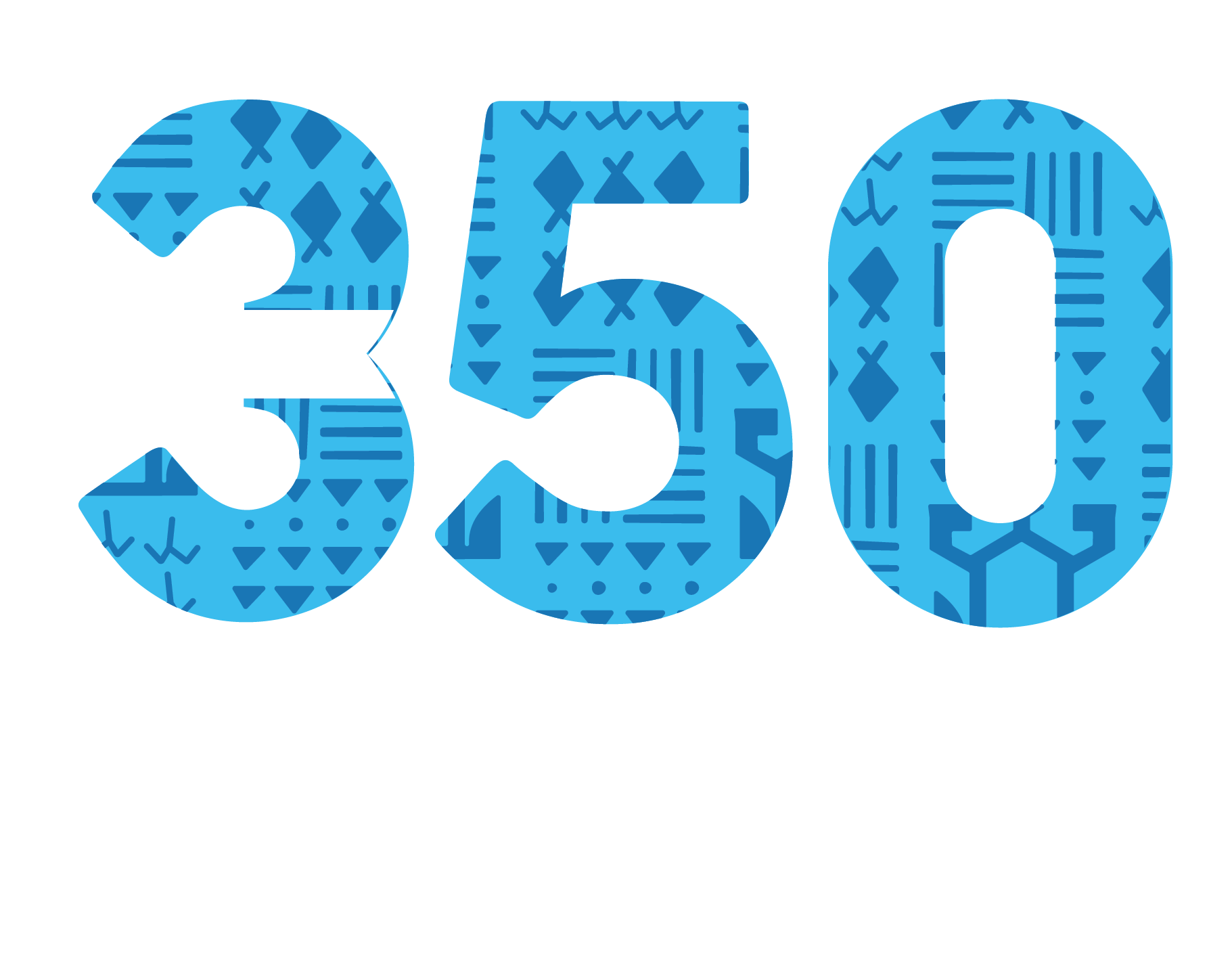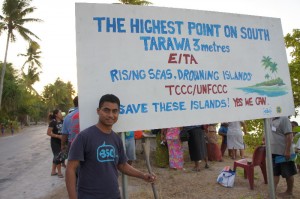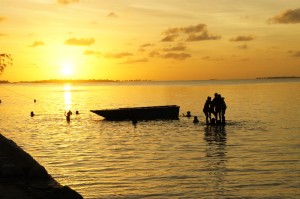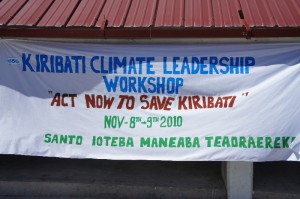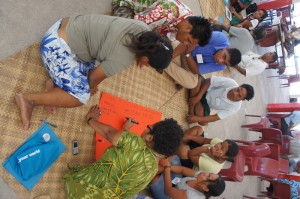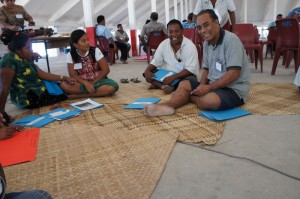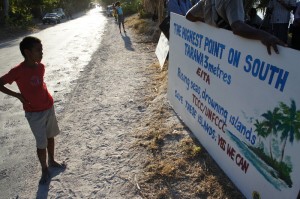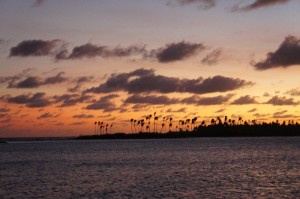The first day of the Kiribati Climate Leadership Workshop got off to a chaotic start, but by the days end, it was definitely a day to remember. I had to relinquish any desire to get the workshop started close to 9am, as we waited for the chairs and most of the participants to show up. We did however have the luxury of two PA systems which showed up in the confusion. Then I had to relinquish my desire to understand what was being talked about, as a good amount of it was presented in the local dialect, Gilbertese – but that was a good thing…I think.
Eventually we got underway and by that time, 60 participants had arrived. The participants came from a diverse range of community groups – from The Assembly of God, through to the chairwoman of the Fisherman's wives group. There was a team of youth as well, who had stayed overnight in the maneba (meeting house) to get it ready for us. We'd planned for lunch to be at 12.30pm, but it didn't arrive until 2.30pm. It's just fortunate that we're on Pacific time here, so it doesn't really matter! (if we were in NZ, well then there would be trouble!) Then we all headed on our way to Eita, which is the village with the highest point above sea-level in Tarawa. That's all of 3 metres. There we erected a sign that read"The Highest Point on South Tarawa – 3metres – Eita. Rising Seas, Drowning Islands, TCCC/UNFCCC Save these islands, YES WE CAN!"
The sign-raising ceremony was quite something – amazing singing speeches and prayers, with many of the locals looking on. All the delegates going to the TCCC will pass it by on their way to the Parliament. I've included a few photos below. On Saturday we went for a tour of the 'possibly climate affected' sites in South Tarawa. We saw a lot of seawalls that were starting to break-up. In a number of instances, we were told that this was in fact most likely caused by the building of causeways and bad land management. I'm running out of time here on the internet, and need to go prepare for tomorrow, but I guess my reflection from Saturday and talking to lots of locals and the archivist at the nunnery is that most of the sea-wall erosion is just a result of bad planning. Sea-level rise and inundation of Kiribati is still some decades away – but that of course depends on what we do now. It will be much sooner if we cannot break off this path that burns coal to power our world. Meanwhile, the effects of drought, and on the flipside, more intensive rain are being felt. Kiribati is so vulnerable not only because it is low-lying, but because it is a real shambles, and there is not the environmental resilience or the infrastructure to give locals here much room to move in the face of a rapidly warming climate. Gotta run now, be well,
Aaron
